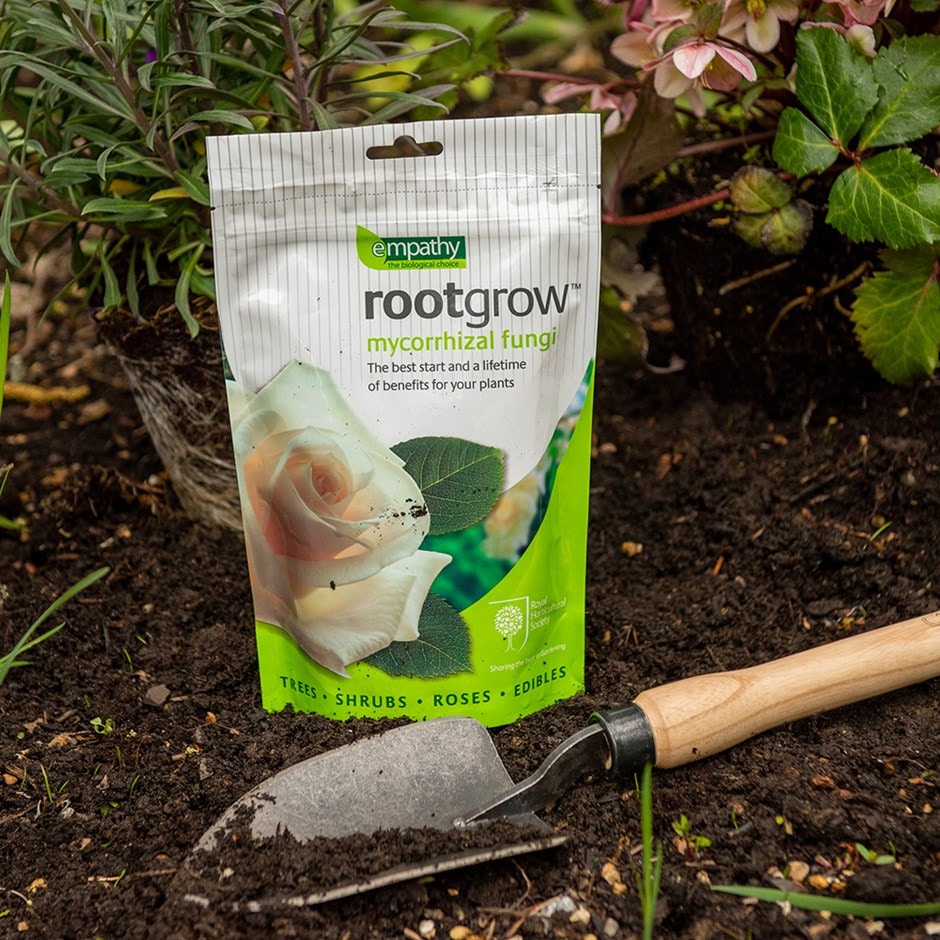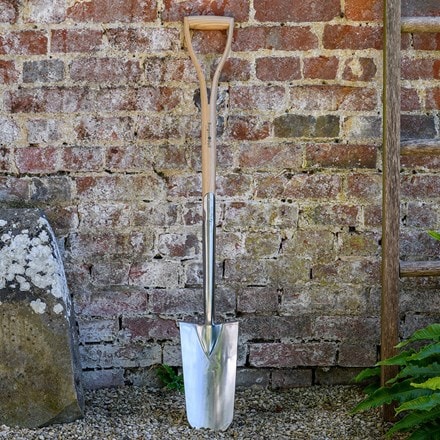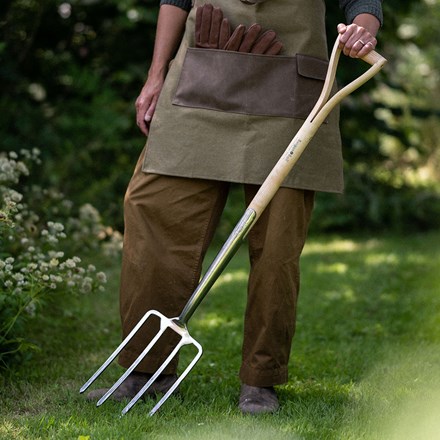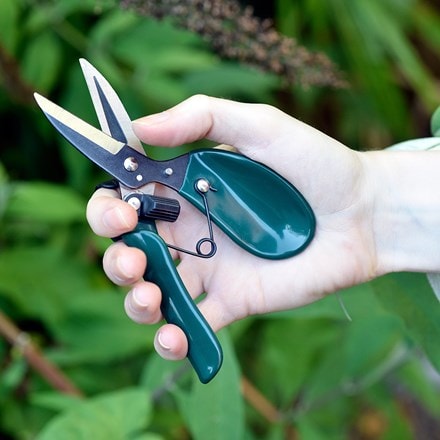Empathy RHS rootgrow
The first and currently the only plant or soil treatment to be licensed by The Royal Horticultural Society.RHS gardeners find plants...
At RHS Garden Wisley, we use Rootgrow mycorrhizal fungi when planting trees and shrubs and we are now starting to use it when planting perennials. For me, using Rootgrow mycorrhizal fungi has become one of the most important ingredients to ensure planting success.
GOES WELL WITH
Planting climbers
The secret of success when planting a climber is to make sure that the soil is in good heart and the roots are set away from the dry conditions found at the base of a wall. After planting, I also suggest that you cover the surface of the soil with a mulch
Read full articlePlanting a tree
The secret to success when planting a tree is to make sure that it is well anchored; with shorter trees careful firming may be sufficient, but for trees over 1.5m a short stake and tree tie will help to keep the root ball in place. After planting, it's a
Read full articlePlanting a shrub
Shrubs are vital ingredients in a garden. They provide height, structure and year-round interest - as well as creating a backdrop for many of the showier plants. When it comes to planting a shrub, there are a couple of important points to remember. You wi
Read full articlePlanting a hedge
Hedges by their very nature are often planted in exposed positions, so the secret of successful establishment is to make sure that they are well protected from prevailing winds for the first few years. Carefully planting and covering the surface of the so
Read full article







